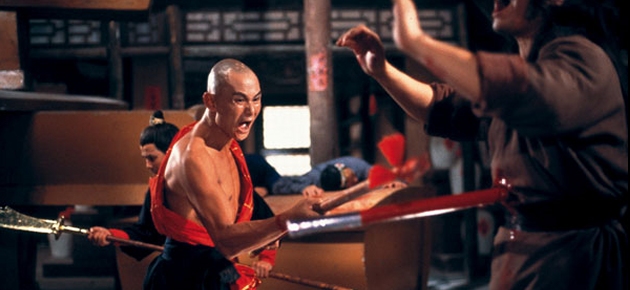
When Kill Bill Volume 1 first premiered in theaters and the opening credits was a visual of the Shawscope logo, with those trumpets sounding off, how many viewers actually knew what that meant? For many others, it was a geek freak out that brought back tons of memories of crazy martial arts action; shaolin monks battling ninja, evil masters with crazy long eyebrows, intense training sequences, one-armed swordsmen, absurd monsters, and so much more.
Not that long ago the Shaw Brothers ruled Hong Kong Cinema. Despite no longer making movies, their influence is still strong today. This can be seen by the filmmakers Quentin Tarantino and Tsai Ming-Liang paying tribute to the studio, the character of Pai Mei being used and veteran Shaw actors such as Gordon Liu still performing [1].
The Shaw Brothers had been involved in the film industry since the 1920’s, but the Hong Kong studio wasn’t founded until 1958 [2]. Before Shaw came onto the scene; the major stars were women, the primary dialect used was Cantonese, and musicals and romances ruled the box office [2]. But everything changed in 1967 when they released The One-Armed-Swordsman, Chang Cheh’s macho, blood-soaked, Mandarin language martial-arts movie that captured the rage and social turmoil of the sixties, and a studio was born”[2].
At its height, they had one of the largest working studios in the world. Called Movie Town, it had somewhere near “850,000 square feet of sound stages, processing labs, residences for casts and crew, and a back lot…of temples, fortresses…and battlefields from 5,000 years of Chinese history”[1]. They employed around 1,500 actors and technical employees, 500 of which lived on the studio [3].
They were able to produce around 40 films a year and since there was no union, the actors could work as long as 24 hours a day[3]. They shot the films without sound to save time and then recorded the sound later, similar to the Italian film industry, and then recorded the sound later. They also invented their own machine for making martial art effects sound [3].
Their reign started to end when other filmmakers branched off to create their own studios, such as Golden Harvest [2]. Shaw decided to focus on its television station TVB, and stopped making films in 1986. Many of Hong Kong cinemas great directors and actors got their start either working on a Shaw film or on their television station Television Broadcast Limited, commonly known as TVB [2].
1. Come Drink with Me (1966)
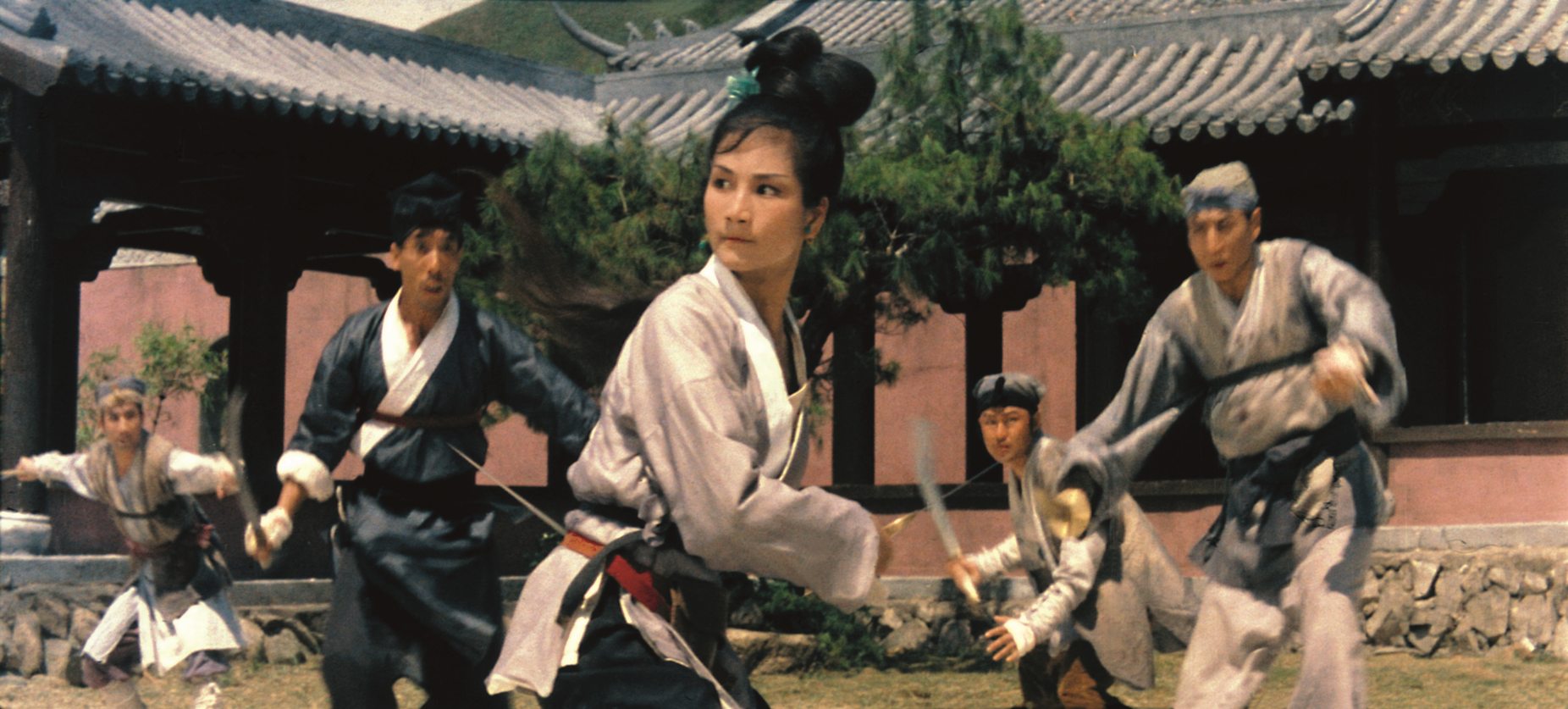
An epic wuxia masterpiece directed by King Hu, is considered to be one of the greatest Hong Kong films ever made. A group of bandits kidnap a General’s son in exchange for the release of their imprisoned leader. Golden swallow is sent to rescue the boy, who also happens to be her brother. She battles a portion of the gang at a local inn and negotiations turn deadly.
A local drunk named Fan Da-Pei comes to her aid and she eventually learns that he is a martial arts master. The gang of bandits is led by an evil abbot named Liao Kung, who had previously killed his master. Kung and Fan had the same master. In the end, both masters must battle and Golden Swallow has to fight the bandits in order to rescue her brother.
Everything is top notch in this movie, which is why it’s considered to be one of the greatest ever. King Hu’s directing was meticulous, with strong visuals, art direction, and costume designs[4]. One interesting visual is the addition of to smoke into various scenes, Hu thought that it made the scene more interesting[4]. One production story was that he spent over two hours on the set working on the Drunken Master’s clothing, in order to make it just right[4].
The style of fighting was different than in past or prior martial arts fights. It was more based on the Peking Opera Style and a ballet, where the fights are more layered[4]. Another big difference between this and most of the future Shaw Brother movies are the roles that female play.
In this movie, she’s a main character and is not wearing ornate dresses. Hu was concerned with having dominant female characters and “grace: the fleetness of motion and lightness of touch” [1]. The other dominant director for Shaw at the time was Chang Cheh, who was more interested in “yang gang (staunch masculinity)”[4]. King Hu left after completing this film because he was not happy with the standards of the female and male roles[4].
2. Golden Swallow 1968
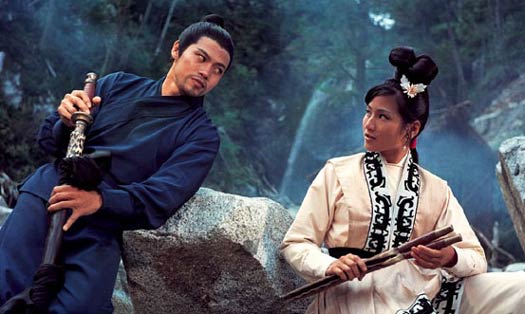
The mistress of kung fu and martial arts! The golden swallow returns in the sequel to Come Drink with Me minus the original director, now replaced by Chang Cheh. This time around she is caught up in a love triangle between Golden Whip and Silver Roc. Golden Whip (Lo Lieh) is a pacifist and doesn’t kill. Silver Roc (Jimmy Wang Yu) is on a murderous rampage and leaving clues that she is the killer, and will only explain once she finds him. How will this emotional love triangle play out, most likely in very bad way.
The main theme is violence and sex. Silver Roc goes on a killing spree in order to lure the one that he loves[5]. This creates jealousy with Golden Whip. The idea of this working seems highly implausible, but another theme Cheh often visits is a wuxia death wish[5]. For these types of archetypal heroes, a heroic death is the highest honor[5].
The fight scenes and choreography are all first-rate, especially considering that the three main actors are not high level martial artists like most of the future Shaw actors. One particularly good fight scene is a birds-eye shot of Silver Roc fighting a group of gang members.
3. The Boxer from Shantung 1972
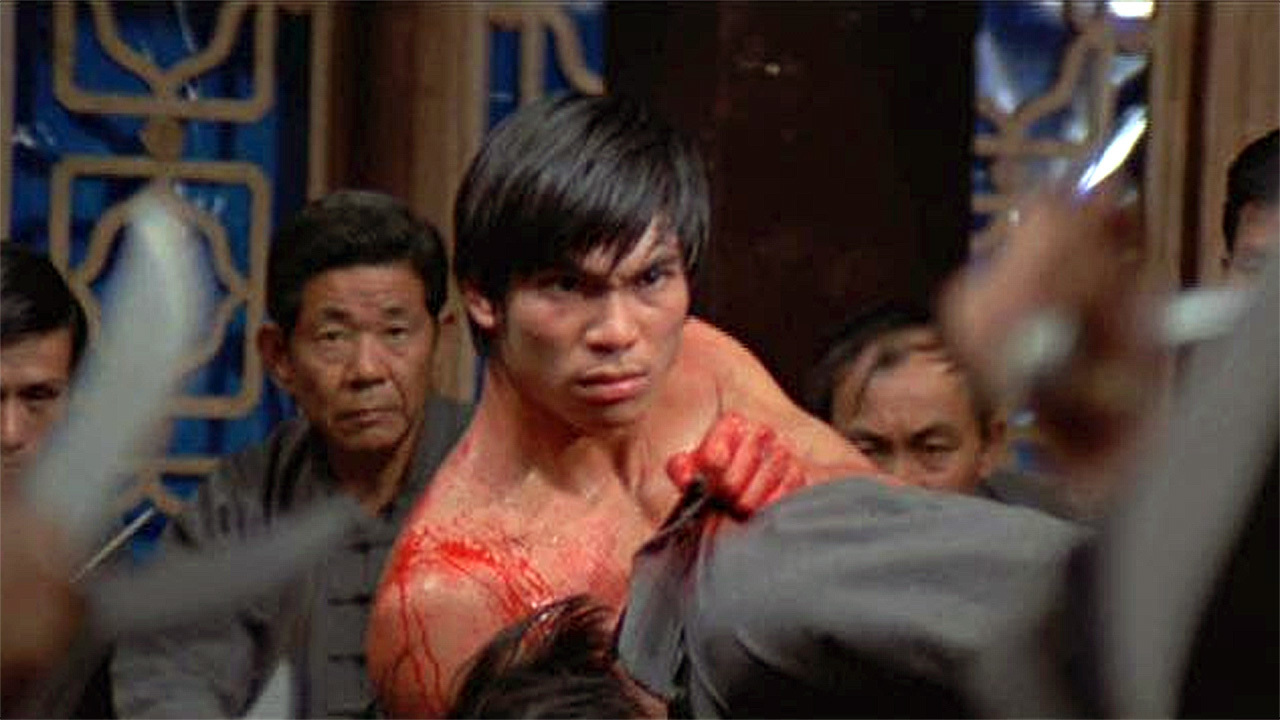
One of the main themes of this film is a rags to riches story. A man named Ma Yung Chen leaves the poverty of his home in Shantung in order to obtain fortune in Shanghai. Once he gets there, he is instantly drawn into gang warfare. He becomes involved with them because of his Hong Fist Fighting style, which he is obviously very good at. We see his skills when he first comes into contact with the Tan gang. He takes on the gang but in the end sparks a friendship with the leader Tan Sze.
Ma accidently inherits a rival territory when he saves them from an attack by a rival gang the Four Champions. They ask Ma to kill Tan, but refuses because he considers him a friend. The four champions set up a trap and block Tan’s horse carriage and kill him. Another theme is revenge. Despite Tans murder and an expected ambush, Ma agrees to meet the leader of the Four Champions. What ensues is a very long and epic fight scene to end the movie, minus any additional spoilers.
This really is an excellent film that focuses as much on the characters and acting, with the fights being born out of the situations. The choreography and fight scenes were amazing and they had a very realistic feel to them, thanks to the great Chia-Liang Liu. Liu will be mentioned many more times in this list. Director Chang Cheh apparently wanted them to be more realistic due to the rising popularity of Bruce Lee[6]. It also helped that the lead actor, Chen Kuan-Tai, was one of the Shaw Brothers first solidly trained martial arts stars that could have been considered a master.
They shot the movie in only one month, using two directors and shooting during both the day and night[7]. There is one scene with an open challenge against a wrestler in order to win some money. That particular scene took five days. The opening title sequence foreshadows the ending of the film. Scenes of Shanghai are drowned out in the color red, while a dark music plays. The final epic fight scene took ten days to complete[7].
It is a long blood bath that reminds me of the final scene in the western The Wild Bunch. So much blood is in it that Assistant Director John Woo considers it an influence for his films[8]. It has also been said that some of the scenes in Brian De Palma’s Scarface are very similar to this film[9].
4. Flying Guillotine 1974
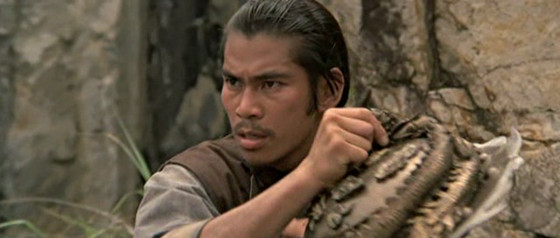
“Protect Your Neck!” [10]. The emperor is nervous and wants his critics to be eliminated secretly, so he puts Sing Yang in charge. In one of the great sequences of the movie, he comes up with the idea for the flying guillotine while watching some street performers tossing plates and rolling a wooden object on a string. With a hood that drops down and three blades initiated, the weapon can behead a man at one hundred paces away.
After having it created, the emperor orders twelve guardsmen to master it. Ma Teng and Fend Ku excel at the weapon. But Ma Teng ends up disagreeing with the assassinations and becomes a hunted man, which sounds similar to Finn’s story arc in The Force Awakens. Director Meng Hua Ho and writer Kuang Ni have broken away from the traditional martial arts genre elements in this film, with fewer and more believable fight scenes. This is done in order to focus more on the actual weapon and the dramatic story elements.
The film became a huge success around the world and a grind house hit in the U.S. It spawned similar guillotine movies from other studios, most notably Master of the Flying Guillotine starring former Shaw Brother actor Jimmy Wang Yu. The popularity is most likely due to the combination of historical figures, well developed characters, and a weapon that has been rumored to have existed. The emperor Yung Cheng ruled the Manchu Dynasty from 1722-1735 [11].
The film and DVD extras state that both the events and weapon are real, but the weapon had to be fabricated because no one had survived in order to give details of its design [12]. They apparently all lost their heads like in Alice in Wonderland. This film most likely has the distinction of having the most on screen decapitations, at around twenty five.
The decapitation scenes are quite dramatic. As with most Shaw Brother’s films, the sets are excellent and there are a lot of locale shots. Chen Kuan-Tai’s acting is very good in this as well, playing the more humane character that tries to escape and start a family. The final fifteen or so minutes of the film are pretty intense, despite the lack of a lot of traditional martial arts action.
5. Executioners from Shaolin 1977
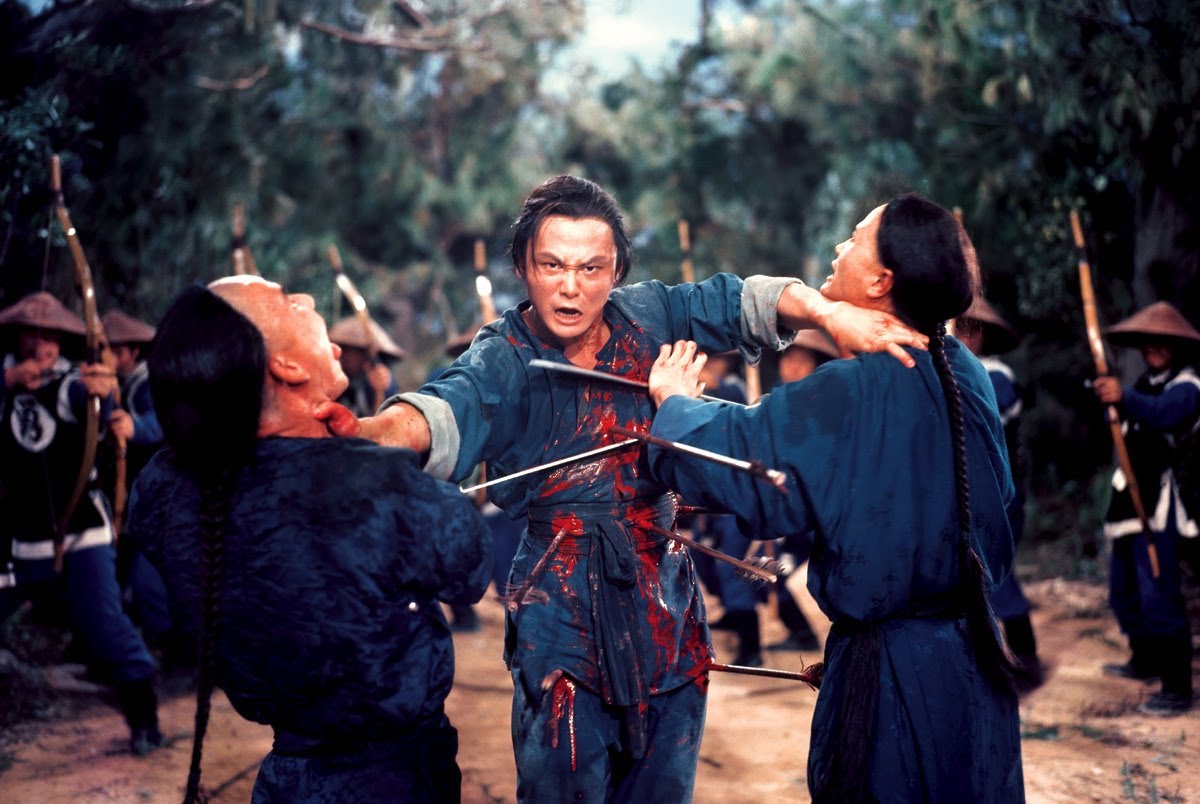
A fight for vengeance ends in death[13]! This tagline is a fitting description for a movie that features the evil historical figure Pai Mei, who has some mad skills. In a trademark Chia-Liang Liu opening credits scene, Pai Mei and a Shaolin master have an epic battle set against a red backdrop.
Some of the shaolin students are killed, the rest escape and are able to join a traveling opera group that is a front for the revolution. Hung Hsi-Kuan (Kuan-Tai Chen) meets Ying Chun (Lily Li) who is a master of the Crane style. They have a son together whom they both train. After training for some time, Hung faces Pai Mei and is defeated but discovers a weakness. He tries again but is killed. That leaves Wen-Ding to combine his parent’s styles together and take on Pai Mei.
This is worth watching just because Pai Mei is in it. You just can’t pass up the chance to watch his internal kung-fu, where he is able to retract his man parts up into his groin. Lo Lieh is masterful as this character. Chi-Liang Liu changed martial arts cinema for the Shaw Brothers by “revolutionizing fight choreography in ways that have yet to be surpassed.
Liu made lightning-fast movements not only intelligible but indelible, and the pas de deux he designed for competing modes of combat-short/fast Southern Shaolin styles vs. Wide/weaving Northern Wudang styles-are as essential to any study of dance in cinemas the disparate dazzlements of Fred Astaire or Maya Deren”[1].
6. Five Deadly Venoms 1978
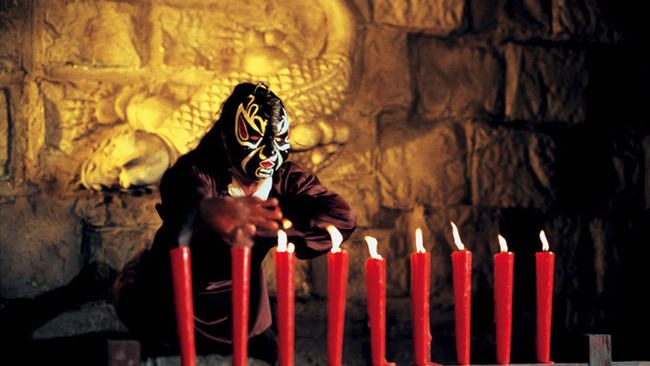
“The poison clan rocks the world!”[14]. The poison clan trains five of its students to each be an expert in one of the clans secret martial arts styles; centipede, snake, scorpion lizard, and toad. Each of them wore masks during the training to hide their identity. Now that the master is old and ready to die, he fears that one of them may be evil. Before his death, he tells his final pupil Yang the weakness’s of each style. Yang then goes to search for them in order to find out if any of them are evil.
The writing for this film is great; the screenwriters were able to keep you engaged in the plot for nearly 40 minutes without any action. Once they move through the plot, the film kicks into high gear and the venom mob display complex fight scenes and show off their amazing athletic ability.
This featured the group of actors that would become known as the venom mob. The venom mob was a group of veteran Shaw actors who were high skilled and often did their own choreography[5]. “The Five Deadly Venoms not only became one of Chang’s greatest triumphs but wound up being one of the most popular Shaw Brothers films ever.
More importantly, it was this film that launched the careers of several actors who would now be known simply as The Venoms (Kuo Chui, Lu Feng, Chiang Sheng, Sun Chien, Lo Mang, and to a lesser extent, Wei Pai) would forge a cinematic bond over the next two years and make another ten films together. “Crippled Avengers,” “Invincible Shaolin,” Kid w/ the Golden Arm,” and “Magnificent Ruffians” were just some of the titles which helped secure the Venoms lore”[15].